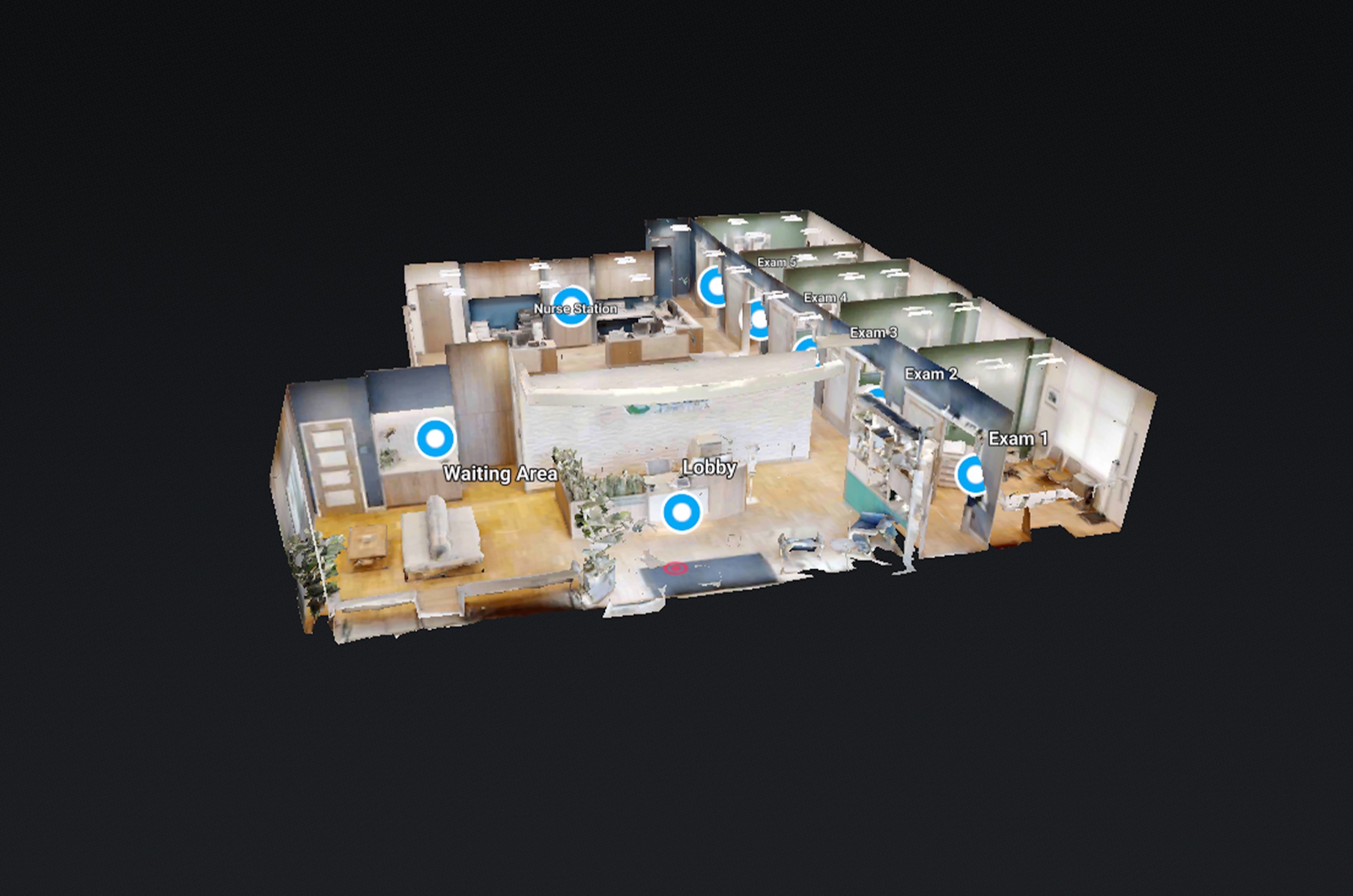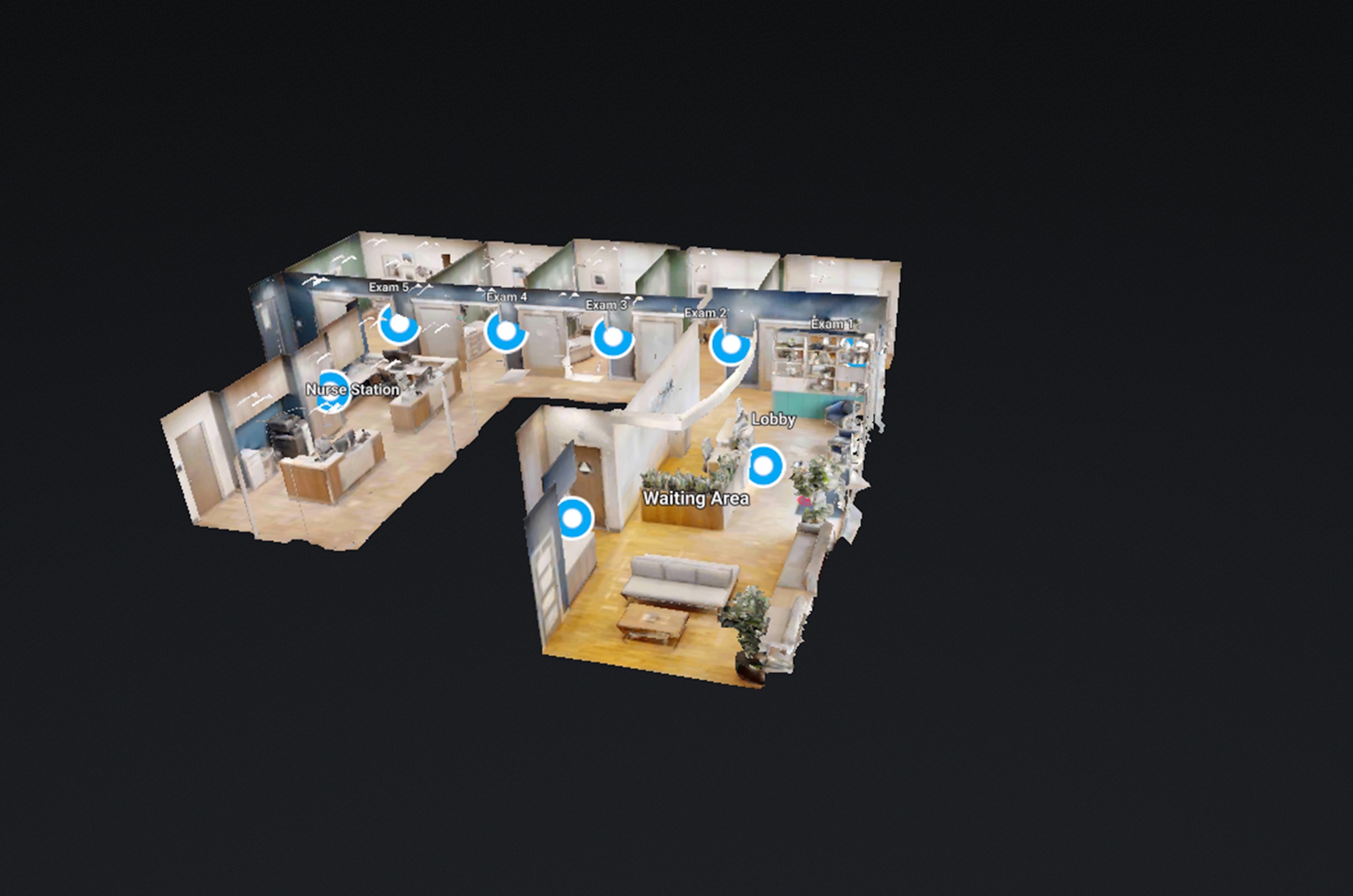The digital age has ushered in innovative tools that transform how we interact with spaces, and live event venues are at the forefront of this revolution. Among these innovations, 360 virtual tours have emerged as a powerful medium to showcase event spaces in an immersive and interactive manner.
This blog delves into the transformative potential of 360 virtual tours for live event spaces, offering fresh insights and strategic advice on harnessing this technology to enhance marketing, planning, and customer engagement in unprecedented ways.
1. Immersive Marketing for Prospective Clients: 360 virtual tours serve as a dynamic marketing tool, allowing prospective clients to explore event spaces in a comprehensive and immersive manner. This interactive experience goes beyond traditional photos or videos, offering a realistic sense of the venue’s ambiance, layout, and capabilities. Such tours can significantly enhance online presence and attract a wider audience by providing a virtual yet realistic walkthrough of what clients can expect.
2. Streamlined Planning and Coordination: Event planners and coordinators can leverage 360 virtual tours for more efficient planning and organization. These tours can facilitate virtual site inspections, layout planning, and even décor selection, reducing the need for multiple in-person visits. By providing a detailed view of the space, event professionals can better strategize logistics, seating arrangements, and thematic decorations, ensuring a seamless fit between the event’s vision and the venue’s offerings.
3. Enhancing Attendee Experience Pre-Event: For attendees, the anticipation of an event is part of the experience. 360 virtual tours can amplify this excitement, offering a sneak peek into the venue and what to expect. Event organizers can use these tours to highlight special features, accessibility options, or even tease event-specific installations, building anticipation and enhancing the overall attendee experience even before the event starts.
4. Virtual Accessibility for Global Audiences: In today’s globalized world, not all interested attendees can physically visit an event space. 360 virtual tours open up live event spaces to a global audience, breaking down geographical barriers and extending the venue’s reach. This not only maximizes exposure but also inclusivity, allowing anyone from around the world to explore the space as if they were there in person.
5. Post-Event Engagement and Archiving: After an event, 360 virtual tours can serve as a digital archive, allowing those who attended to revisit the space and relive their experiences. For those who could not attend, it offers a chance to explore what they missed. This post-event engagement can sustain interest in the venue for future events and create a lasting digital footprint that continues to attract attention and bookings.
Conclusion:
360 virtual tours are redefining the landscape of live event spaces, offering innovative ways to market, plan, and engage with audiences. By embracing this technology, venues can not only enhance their visibility and appeal but also streamline event planning processes, expand their reach to global audiences, and foster a deeper connection with attendees before, during, and after events.
As we move forward, the integration of 360 virtual tours in live event spaces promises to open new avenues of engagement, making events more accessible, immersive, and memorable than ever before. This is not just a trend but a strategic evolution in how we experience and interact with live event spaces in the digital era.







